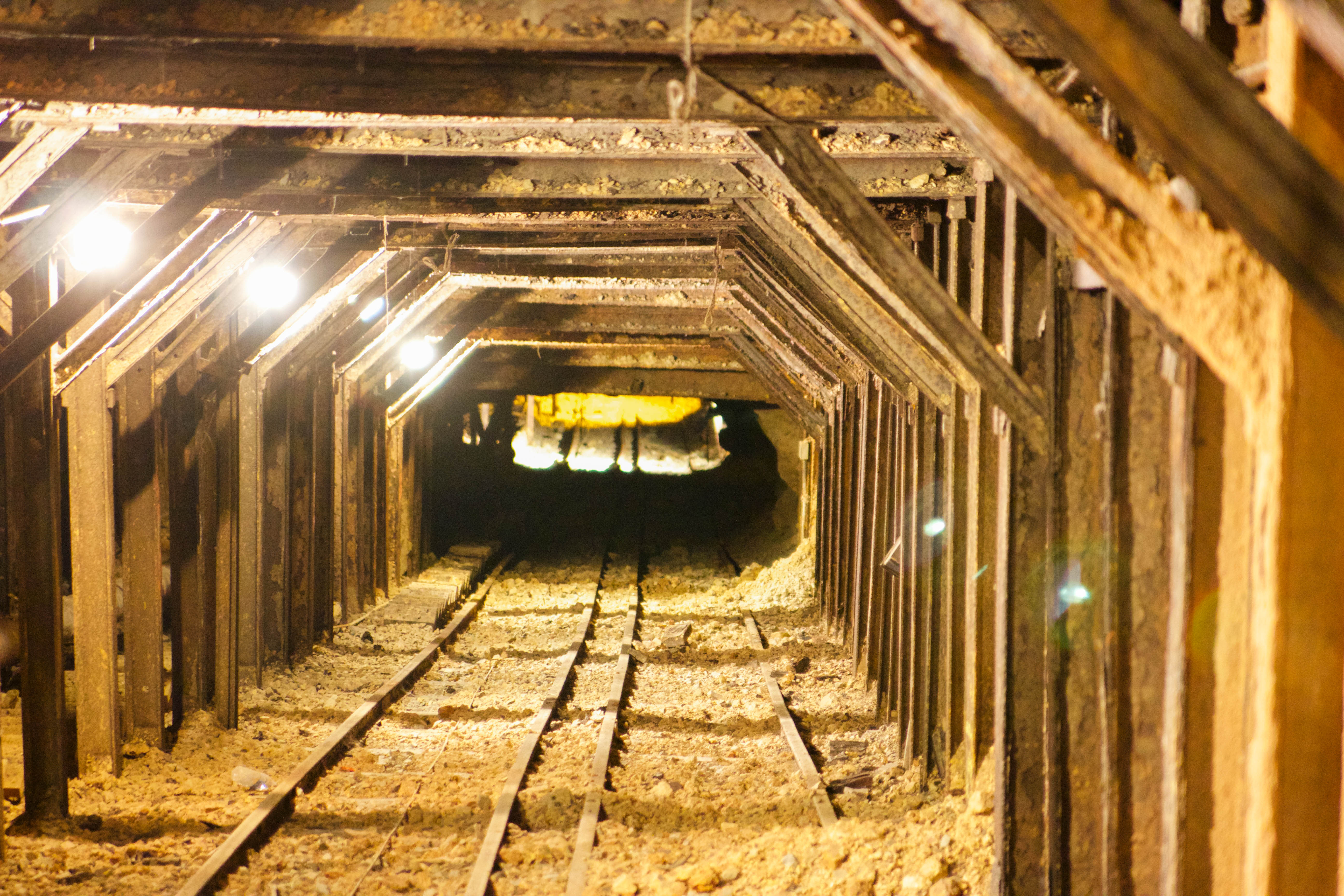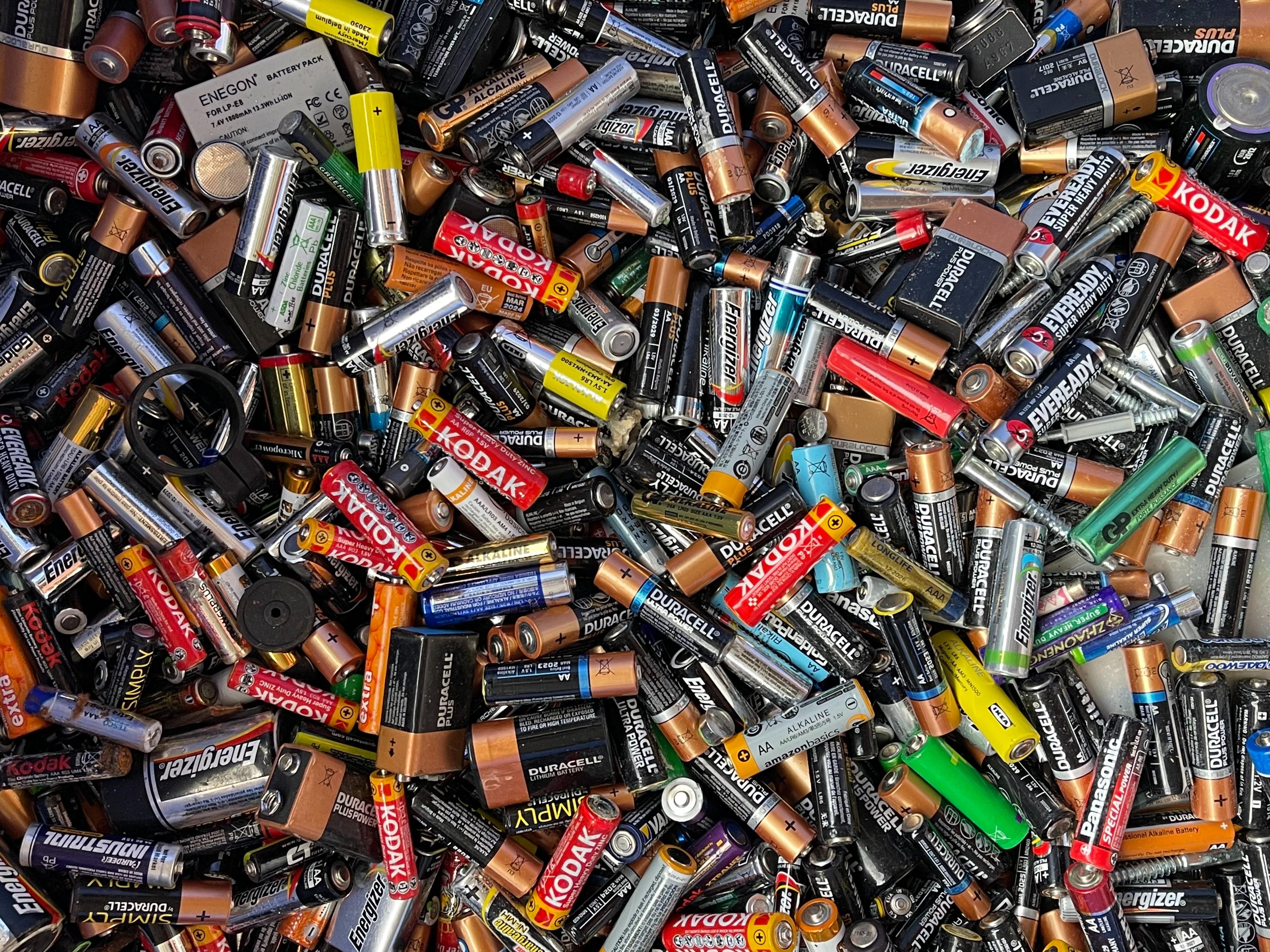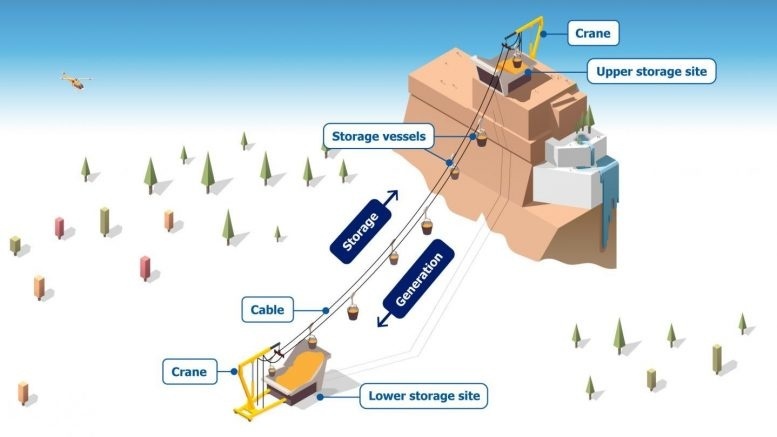How coal mines could be turned into giant “batteries” for energy storage

- To have a functional power grid based on renewables, we will need innovative ways of storing energy when it’s abundant for use when it’s not.
- Scientists recently proposed repurposing old mine shafts to generate electricity by lowering containers of sand and storing electricity by raising the sand back up again.
- While the method cannot generate as much power for the grid as batteries or pumped hydro, it can cheaply store energy for months or years with no loss. Another benefit is that the system can be installed in old coal mines, providing jobs for communities where mines have shuttered.
In a future low-carbon electric grid dominated by intermittent wind and solar, we’re going to need technologies to store energy when it’s abundant and feed it back into the grid when it’s not. Lithium-ion batteries and pumped hydroelectric do the brunt of this energy storage work now, and are expected to dominate in the future, along with hydrogen fuel cells. An international team of scientists recently proposed another innovative and resourceful solution that involves repurposing old mines: Underground Gravity Energy Storage (UGES). They outlined the idea in the journal Energies.
Down the rabbit hole
UGES involves lowering large amounts of sand stored in containers attached to a central cable down a deep underground shaft. As the sand gradually descends, the attached cable spins rotors which power various generators, thus producing electricity. The process can be reversed to store energy when there’s excess renewable electricity in the grid. Sand is raised back up to the top of the apparatus and piled in mounds above ground.

What sets UGES apart from other gravitational energy storage solutions offered by various startups is the location. The researchers propose installing UGES in abandoned mine shafts, which are numerous.
“At least 50,000 of them are estimated to exist in Australia; over 550,000 have been found in the USA, including over 100,000 that pose a significant environmental risk; and over 10,000 are known to exist in Canada,” the authors wrote.
They estimate the global energy storage potential of UGES to be between 7 and 70 Terawatt-hours (1 Terawatt = 1,000 Gigawatts). To put that in perspective, it is equivalent to the energy stored in 87.5 to 875 million electric vehicle batteries. Just 56 Gigawatt-hours of energy storage was online globally at the end of 2021.
The power output of UGES — that is, what it can instantaneously supply to the grid — primarily varies with the length of the underground mine shaft and the amount of sand used. A project in an old mine just 200 meters deep using 4 million tons of sand might be able to provide only 10 Megawatts to the grid, enough to power maybe 5,000 to 8,000 homes, while a project in a 1000-meter deep shaft using 40 million tons of sand could generate up to 200 Megawatts.
A deeper mine would not only produce and store more energy, but would also be more cost effective. Energy storage costs vary from $1 to $10 per kilowatt-hour for UGES, the authors calculate, downright cheap compared to lithium-ion batteries, which currently cost about $150/kWh. Battery prices continue to fall as chemistries improve, however.
Mine craft
The greatest drawbacks of UGES are its sizable use of sand – a seemingly ubiquitous raw material that actually could be in short supply later this century – and its modest power capacity — how much electricity it can deliver to the grid at any one time. A UGES plant also can takes days, weeks, or even months depending on the amount of sand used and depth to fully ‘recharge’ – that is, move the sand from the bottom of the shaft to to the top.
On the flip side, its ability to cheaply store energy for weeks, months, or even years — or perhaps indefinitely — is a huge plus. Sand doesn’t evaporate like water from a pumped hydropower reservoir or dissipate like energy that slowly discharges from batteries. Another fantastic benefit? UGES can revitalize coal communities as mines continue to be shuttered worldwide.
“The world is transforming its energy system, halving coal extraction for energy-related purposes,” the researchers wrote. “UGES can provide an alternative source of revenue to the people working in the mines and the community.”
As planners and policymakers look to engineer a zero-carbon power grid, they will require a diverse mix of electricity generation and energy storage solutions to maximize stability and minimize the risk of blackouts. UGES could very well factor in to that future.





